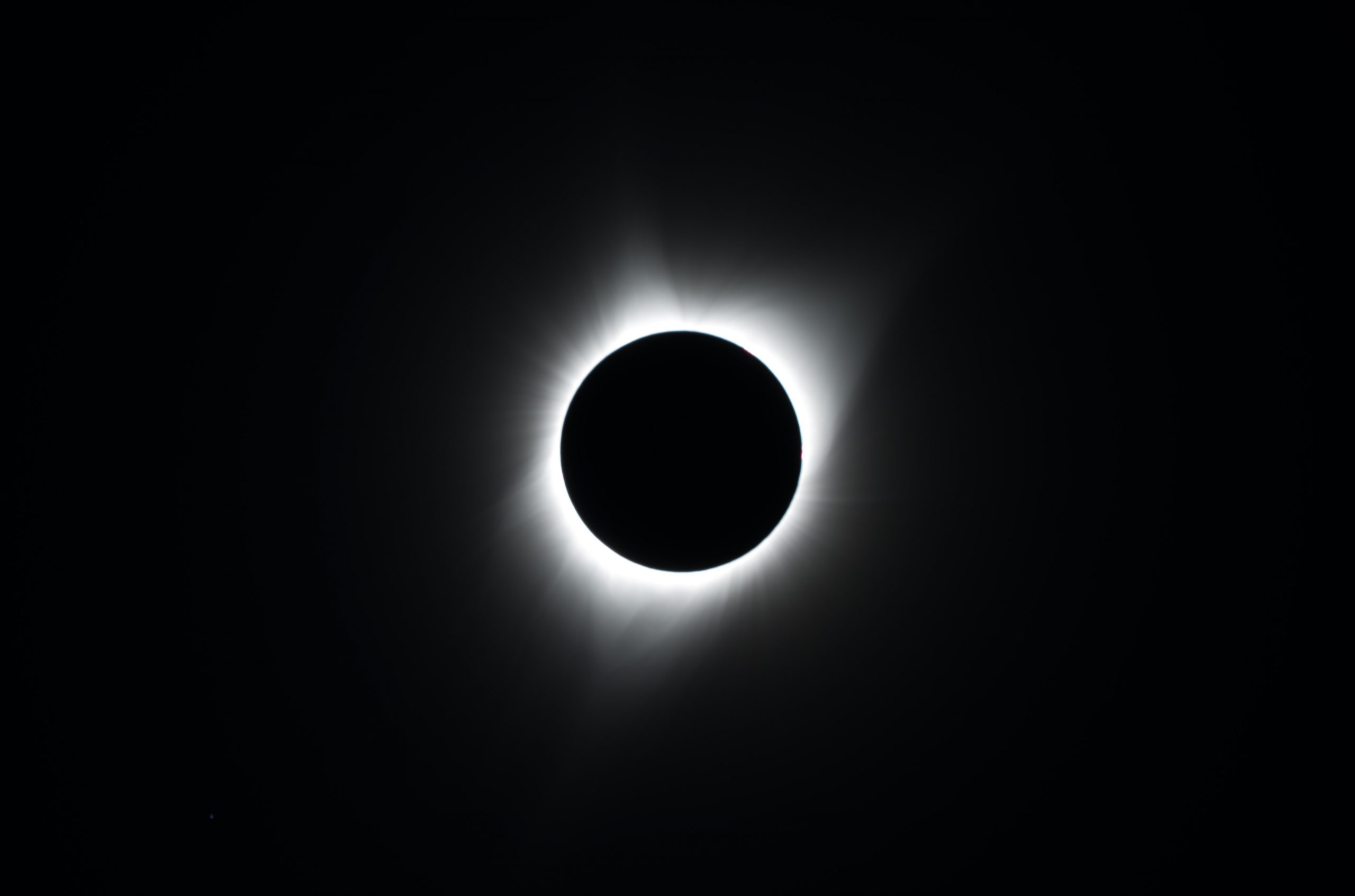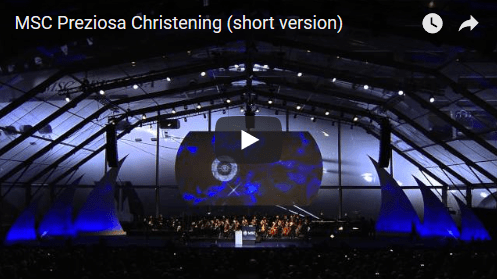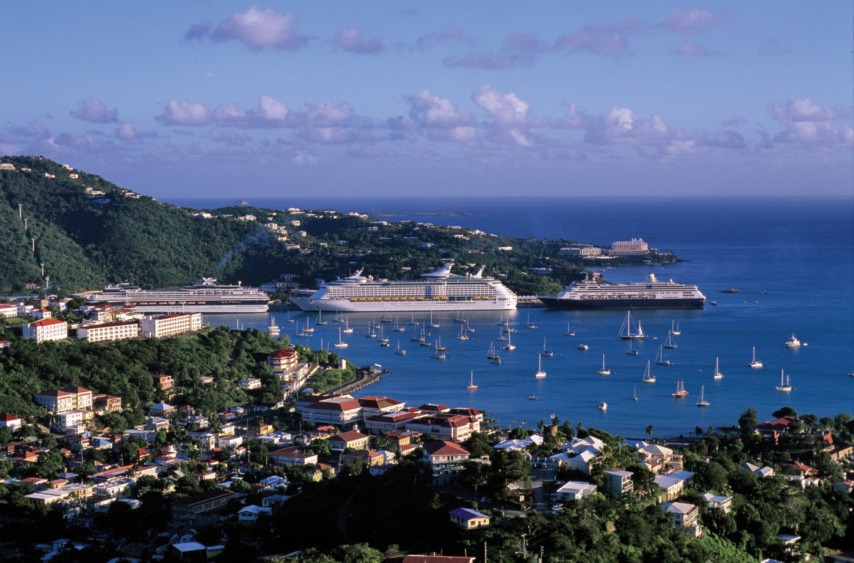
Antarctica’s Incredible Eclipse
Have you ever experienced totality? It happens during daylight every 18 months or so and lasts for just a few precious minutes, but typically only a few thousand people get to experience it. The result of the rare occurrence of the moon slipping perfectly across the sun to block its light, those below get enveloped in a fast-moving moonshadow that brings darkness and the chance to see — for just a few precious minutes — the sun’s spiky ice-white outer atmosphere: its corona, or crown.
That’s a sight that’s coming to Antarctica on December 4, 2021, when a handful of lucky cruisers witness a total eclipse of the sun like no other. Although people have previously witnessed our star, the sun, as it really is — floating alone in space — while on the ice sheet or among icebergs, this is the first polar solar eclipse in modern times when travel has been relatively easy.
So what should you expect? Nothing short of one of the strangest, most powerful experiences of your entire life. Here’s what you need to know about one of nature’s weirdest experiences in one of nature’s greatest environments; a very special Antarctica eclipse, whose totality will herald the darkest skies of your entire trip.
What is a total solar eclipse?
They occur when a new moon crosses the sun as we see it, throwing a narrow shadow of the moon onto our planet. What appears to be happening from our point of view on Earth is due only to a remarkable celestial coincidence, for our sun is about 400 times wider than our moon, but it’s also about 400 times farther away. That’s not always going to be the case because the moon is slowly drifting away from Earth. In fact, it’s reckoned that the moon will eventually appear too small in the sky to block the sun, though not for another 600 million years.
When does the total solar eclipse occur?
This winter’s spectacular event occurs just after 7 a.m. on Saturday, December 4, 2021. The location of a cruise ship within the 300-mile-wide “path of totality” determines exactly when and for how long totality lasts, but figure on around 1 minute 40 seconds. During that time it’s possible to gaze naked-eye at the wondrous sight of the sun’s corona. You may even see explosions on the sun’s surface visible on the edge of the sun as reddish, pinkish prominences.
However, this partial eclipse — for which solar-eclipse safety glasses are required — begins at around 6:18 a.m. from the Weddell Sea, with totality at about 7:06 a.m. through 7:08 a.m. That’s followed by a partial eclipse until the moon eventually moves away from the sun at around 7:58 a.m.
Click here to see which ships are cruising to Antarctica for the 2021 solar eclipse.
Excerpt Only. Click to Read the Full Article.
This is an excerpt from the latest issue of Porthole Cruise and Travel Magazine. To continue reading, click above for a digital or print subscription.









